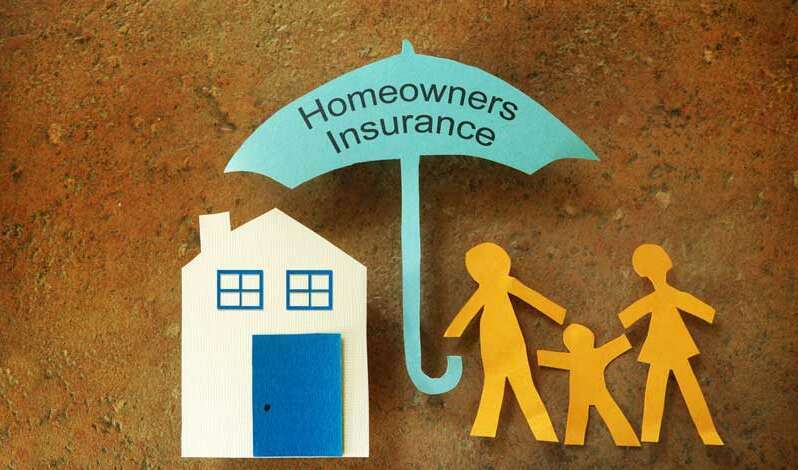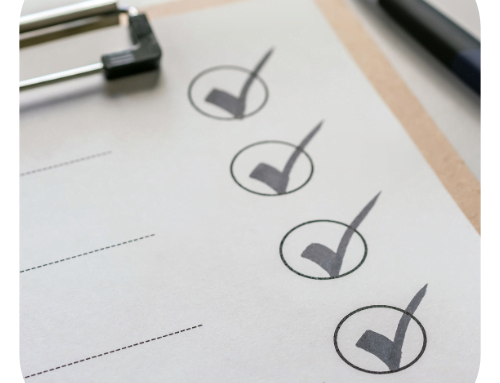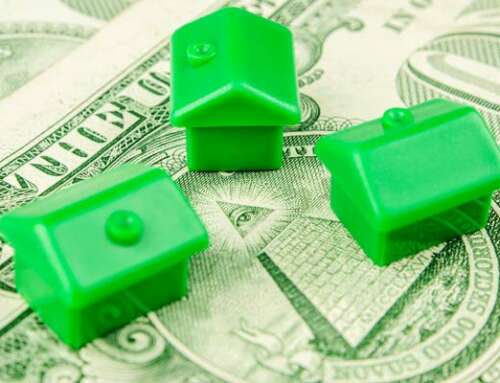Homeowners Insurance Needs To Cover These 10 Things
When buying homeowner insurance coverage, it should be adequate. Does your homeowner’s insurance need to cover these 10 things?
Finding the right homeowner insurance coverage policy is often as simple as knowing what you’ll need to cover. From there, you can do an apples-to-apples comparison of the best rates on the market.
But arriving at that number can be challenging on your own, and many choose to work with public adjusters to make sure they’re not leaving any gaps. Underinsured homes end up costing homeowners about $91 billion per year. Look to the following areas to avoid falling into that group.
1- Home Structure
The first item of business that you’ll want to bring up with your Insurance agent regarding your insurance policy, is the dwelling cost of the home. This amount is for the replacement of the structure itself. What would it cost to rebuild the home brick-by-brick or beam-by-beam from scratch if it were to burn to the ground tomorrow?
This number is going to be different than what it cost to initially build the home. That’s because a variety of factors can influence the cost of labor and building materials.
2- Remodels
When renewing your homeowner’s policy, remodels are important. Have you done a lot of work to improve the value of the home? These can be anything from kitchen and bathroom remodels to new flooring.
Each remodel will vary in the amount of value it adds to the home. One thing’s for certain, though, it influences the cost of rebuilding, so you’ll want to meet with your agent each year to ensure that you still have adequate protection to account for things like this.
3- Additions
Going beyond the remodel, your home’s insurance policy should also be updated based on any additions that you make to the home. A sunroom, swimming pool, deck, or updates to the driveway and gutters are all additions that can increase the overall value.
As you pursue the amount of insurance that you need for your home, keep the whole property in mind. Everything inside the home, as well as everything outside the home, would need your attention in the event of a total loss.
4- Changes in Building Code
For homes that are 10 or more years old, there’s a very good chance that updates to your municipality’s building code will affect the price of rebuilding. This is an aspect of home replacement costs that most homeowners overlook.
A public adjuster can help you account for these types of things so you’re not leaving coverage on the table. With increased political attention to the environment in recent years, you can’t afford to ignore current or pending legislation and how it might affect construction costs.
5- Inflation
Inflation generally runs at around 2% or 3% percent per year. However, some economic instability, such as what was experienced during the pandemic, can at least temporarily spike the cost of building materials outside the norm.
Pay close attention to the rate of inflation nationally. Also, see how construction materials like wood, steel, and brick are keeping pace with that average. Consider putting in a little extra padding on your coverage amount to deal with fluctuations.
6- Rare and Valuable Items
So far, we’ve just been dealing with the building aspects of homeowners policies. Now it’s time to get to the inside of the home.
When asking what should be covered by homeowners insurance, no answer is complete without a discussion of the things you own. Particularly, you’ll want to focus on those items that are rare, valuable, or impossible to replace.
Common themes include large electronics, jewelry, family heirlooms, books, and other media. As you go through your house, room by room, consider taking photos so you’ll have a visual of what would need to be replaced and what those approximate costs would be.
7- Everyday Items You Would Need to Replace
Don’t stop with your most valuable possessions when it comes to homeowners insurance. Think deeper to the things you own that you take for granted but would instantly miss if you didn’t have them around.
Kitchen utensils, appliances, clothes hangers, and furniture would need to be replaced if the home burned to the ground. Think about what that theoretical Walmart shopping trip would run you, and make sure it’s factored into your final tally.
8- Wardrobe
We mentioned clothes hangers above. We should probably go one further and talk about the clothes themselves! Your homeowners insurance policy needs to leave room for complete wardrobe replacement, not just for you but for everyone who lives in your house.
Base this on the cost of a new wardrobe, not what your existing clothes are worth. Remember, you’ll be starting from scratch. You don’t want to thrift-shop unless that is what you prefer.
9- Pets
Do you have any pet toys, pet kennels, or cat trees? Anything that you’ve spent money on regarding your furry friends should be accounted for, including the pet itself if you are unfortunate enough to lose it in a catastrophic event.
Some pets command quite a bit of money, to the point that you may wish to consider a separate pet insurance policy. If not, you’ll still need to remember the tangible expenses that you’ve put into them.
10- Additional Living Expenses
The final part of finding the right amount when insuring your home is the additional living expenses. What do we mean by that?
In the aftermath of a total loss, you’re going to need a place to stay. Some families are fortunate enough to stay with friends or other family members. That’s not always possible.
Think about what your aftermath strategy will be. Are you going to need an extended stay at a hotel or Airbnb? What about any additional expenses or lost income from missing work?
Try to picture your life in the transition. From there, scope out how much you’ll need to live from day-to-day and how long it will take to find a new home. Adjust accordingly.
For the Homeowner, Insurance Is Essential
Finding the right homeowners insurance policy is as much about knowing what you’ll need to survive until you get your new place as it is replacing the old. Public adjusters can help you settle on a fair amount by taking into account dwelling coverage, personal property, and any market factors that might influence the overall total.
Give careful consideration to this, and if you need help with your insurance claims, don’t hesitate to reach out. Our public adjusters are here to help you today. Book your free consultation now!





